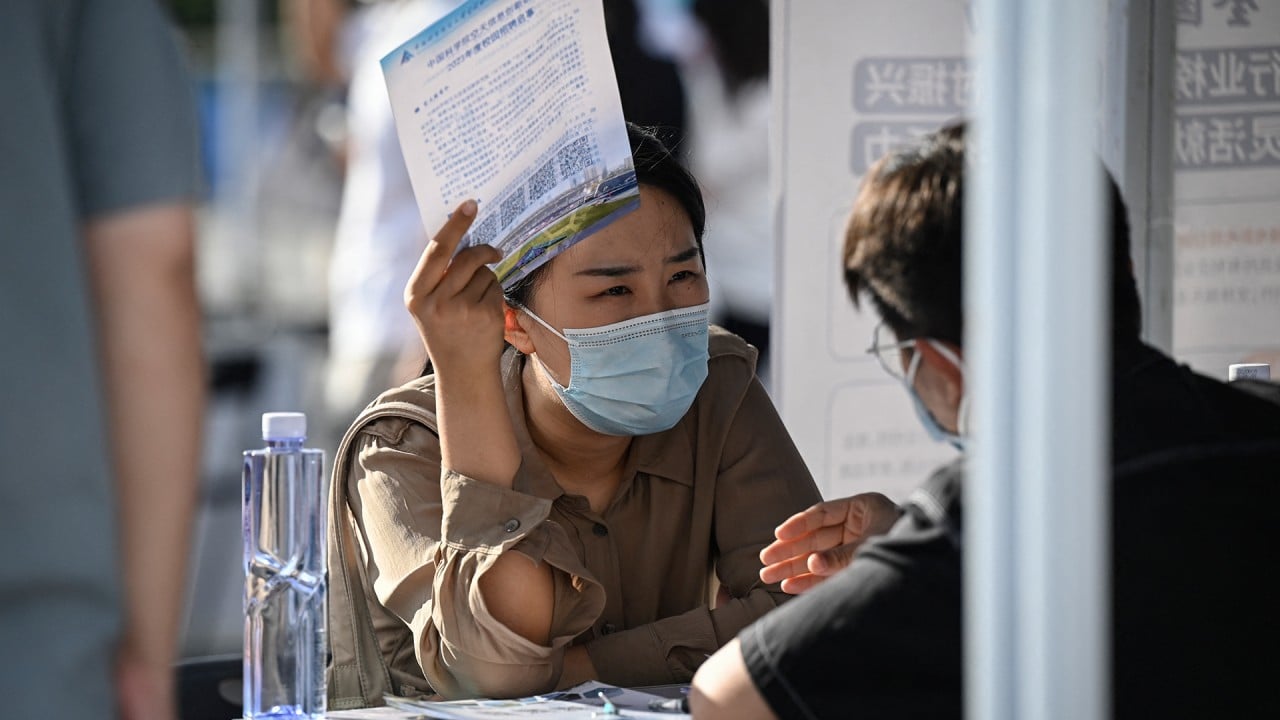
China education: systemic weak points could fracture tech ambitions, US commission alleges
- A US government agency, as part of its annual report to Congress, has argued China’s educational system is holding back the development of its workforce
- Concentration of resources, overemphasis on high-stakes testing and public indifference to vocational schools weighing down long-term progress, report suggests
China’s ambition to cultivate a globally competitive workforce – as well as its long-term economic and technological progress – could be stymied by deficiencies in its education system, the US-China Economic and Security Review Commission alleged in its annual report to Congress on Tuesday.
While China’s strength has grown over the years in fostering innovation in advanced technology, the government’s strategy of concentrating resources in a few select schools has meant these breakthroughs have come at the expense of broad-based investments in the country’s education, the report argued.
Rural students are not getting equal access to education compared to their urban counterparts, which could leave the country’s future generation without the necessary skills to contribute to the economy, according to a section of the report focusing on potential risks to China’s future economic competitiveness.
“Even if top universities train scientists and engineers who can develop world-leading technologies, the workforce may lack the technical proficiency to adapt and deploy these innovations,” the report said.
The hukou, China’s controversial household registration system, remains a barrier to rural students who are restricted from attending better funded and staffed urban schools – even as many of their parents move to large cities as migrant workers.
Despite efforts from the Chinese government to reform and promote vocational training – which can help build a technically skilled workforce at lower expense – social stigma surrounding such schooling and a lack of qualified teachers have hindered momentum, the report said.
The report also found that China’s reliance on quantitative metrics such as research publications and research and development spending and patents often overlook “technology diffusion”, or the way in which innovations, technological knowledge and new production processes spread across an economy.
Delivery drivers with advanced degrees? The challenges facing China’s graduates
Despite heavy investment from local governments in projects such as “science parks” and “development zones” to promote education-industry collaboration on specific technologies, authors said, connectivity remains weak. Such projects may have only served as a “form of corporate brand promotion and a method to acquire tax breaks and subsidies”.
The report acknowledged that a number of China’s universities have emerged as world-class institutions, despite the articulated vulnerabilities in China’s education system. They often serve, authors said, as platforms to advance industrial policy objectives and further China’s development of dual-use technologies, such as artificial intelligence and semiconductors, which could pose a critical challenge to US security.
“Education in China continues to be affected by a tension between the Chinese Communist Party (CCP)’s interests and the nation’s educational needs,” the report concluded.
“Despite China’s advancements over the past several decades, the United States’ broad-based educational capabilities remain far superior.”


